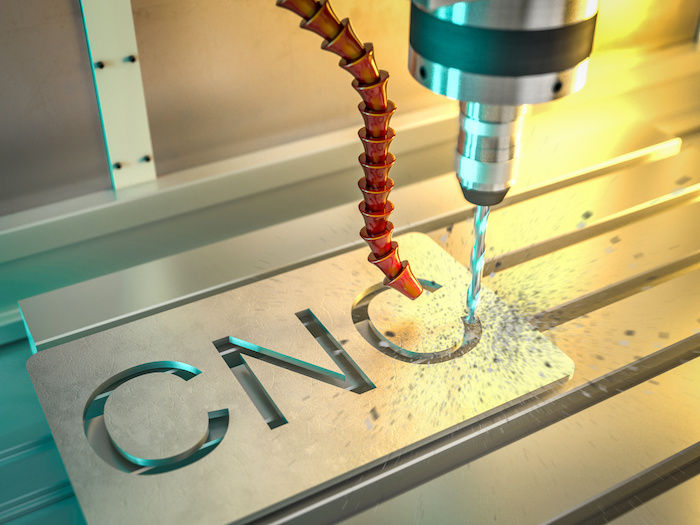The Role of Custom Workholding in CNC Machining for Prototyping and Small Series Production
- LP Meccanica
- Jan 10
- 4 min read

CNC machining has become the backbone of modern manufacturing. Precision and efficiency in producing prototypes and small batches are important for industries. Workholding systems play a big role to have the best accuracy and quality of the output. Custom workholding systems increase the capabilities of CNC machining by focusing on unique project demands.
What Is Workholding?
Workholding refers to the tools or devices used to secure and stabilize a workpiece during machining. These systems assure the material stays in place while the machine cuts or drills. Proper workholding minimizes vibrations, prevents movement, and helps in getting precise measurements. It is a starting point for having consistent results in CNC rapid prototyping and small batch CNC machining.
Why Custom Workholding Matters
Standard workholding solutions are not always suitable for complex parts or unique designs. Custom workholding is good for the specific dimensions and shapes of a workpiece. This flexibility helps to have the accuracy required in CNC prototyping and small series manufacturing. Custom solutions also reduce production time by simplifying the machining process.
Custom workholding is important when machining delicate or costly materials, This is because it protects them from damage or distortion. For example, aerospace parts made from titanium use vacuum fixtures to preserve the surface and prevent any marks.
When producing low-volume CNC parts or prototypes, every detail counts. A poorly designed workholding setup can lead to errors, increased scrap rates, and missed deadlines. Custom workholding systems guarantee that all parts meet the required tolerances. This in fact helps in having the desired quality for prototype CNC machining services.
Problems in CNC Machining Without Custom Workholding
Machining without a proper workholding system can have various issues. One common problem is that it lacks stability. Standard systems may not provide the level of support needed for irregular or small parts. This leads to misalignment and inaccuracies during the machining process.
Another problem comes when producing small batches or prototypes. Frequent adjustments are needed to accommodate different parts that will increase the overall setup time. Inconsistencies in clamping can result in part defects leading to wastage of materials. So, maintaining precision in low volume manufacturing becomes difficult without custom workholding.
One more thing is that standard fixtures struggle to get irregularly shaped parts. This limits the businesses to machine complex designs in a timely manner.
Applications in CNC Rapid Prototyping and Small Series Production
Custom workholding is very useful in CNC rapid prototyping and small series manufacturing. Prototyping often involves unique designs that are not suited for standard setups. Custom systems make it easier to produce these one-of-a-kind parts in an accurate manner.
Small batch CNC machining benefits from modified workholding systems as well. The need for quick setup changes and repetition is important in low-volume CNC machining. Custom solutions will simplify these processes and reduce the time required to switch between parts.
The Process of Creating Custom Workholding Systems
Developing custom workholding starts with the project requirements. Engineers understand the workpiece geometry, material, and machining process. This data helps in designing a system that holds the workpiece securely without any vibrations.
Once the design is finalized, the workholding system is fabricated using advanced technologies. CNC machines and 3D printers are mostly used to create exact components for the setup. Testing follows to ensure the system meets the required performance standards.
Custom workholding systems are engineered alongside the machining program. This is done so that the workholding complements the machining process and has more efficiency. The result is a system for the project’s needs with reduced costs and faster turnaround.
Materials and Technologies in Custom Workholding
Materials used in custom workholding depend on the application. Steel and aluminum are the most common choices as they have good strength. Some people also use composites or plastics that are used for lightweight and non-conductive setups.
Advanced technologies like 3D printing allow for rapid prototyping of workholding components. Additive manufacturing makes it possible to create complex shapes and test designs quickly. CNC machining is also used to produce accurate parts for workholding systems.
Automation has a big role in custom workholding. Automated clamps and fixtures can speed up production in low volume manufacturing. These technologies help achieve consistency and reduce manual errors.
Why Choose a Specialist like LP Meccanica?
Custom workholding requires expertise in both engineering and machining. Specialists like LP Meccanica will create designing solutions for your unique projects. They have been creating workholding systems alongside machining programs to optimize performance.
LP Meccanica uses the latest technologies to deliver high-quality results for CNC prototyping. They are a reliable partner for big projects because of their ability to design and implement custom setups quickly. No matter if it’s 5-axis CNC machining, prototype CNC machining services, or small series manufacturing, their expertise will have the best precision. You will get multifold advantages by working with a specialist for custom workholding. It reduces setup times, improves accuracy, and minimizes waste.
Conclusion
Custom workholding is important in CNC machining for prototyping and small batch production. It will give the best accuracy, reduce waste, and improve efficiency. Once you start working with experts like LP Meccanica, they will have the workholding system fit perfectly with the machining process. This results in faster production timelines for your project. Many businesses demand precision and high-quality output, so using custom workholding systems is a smart decision.
As CNC machining will advance in future, custom workholding remains important for its success. By opting for specialized solutions, manufacturers can handle complex tasks and achieve reliable results.


Comments